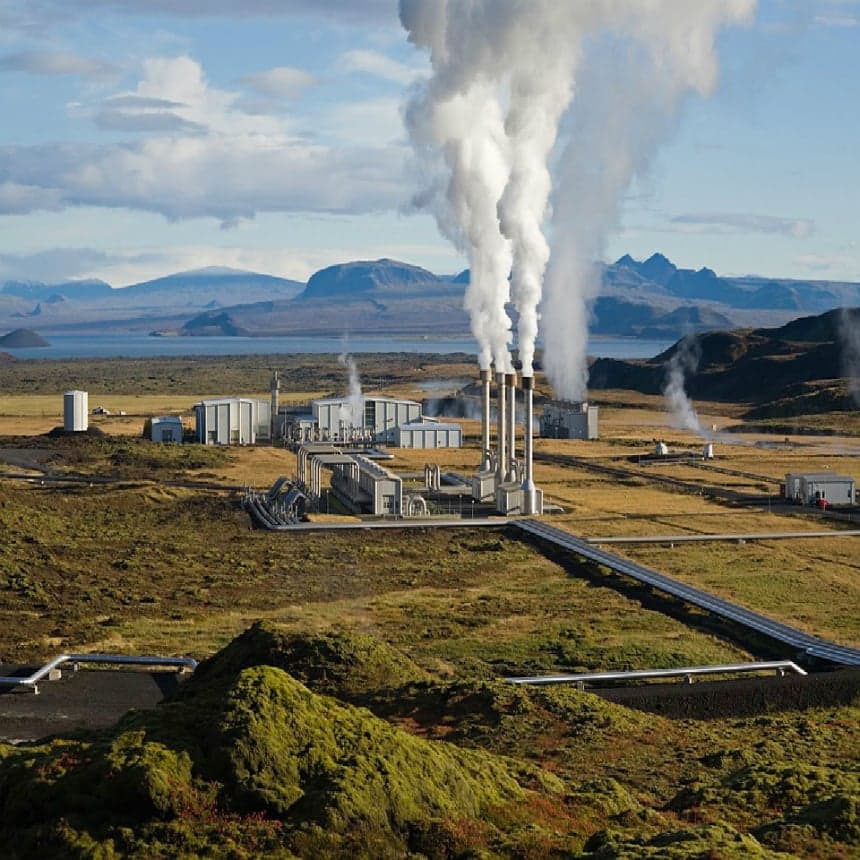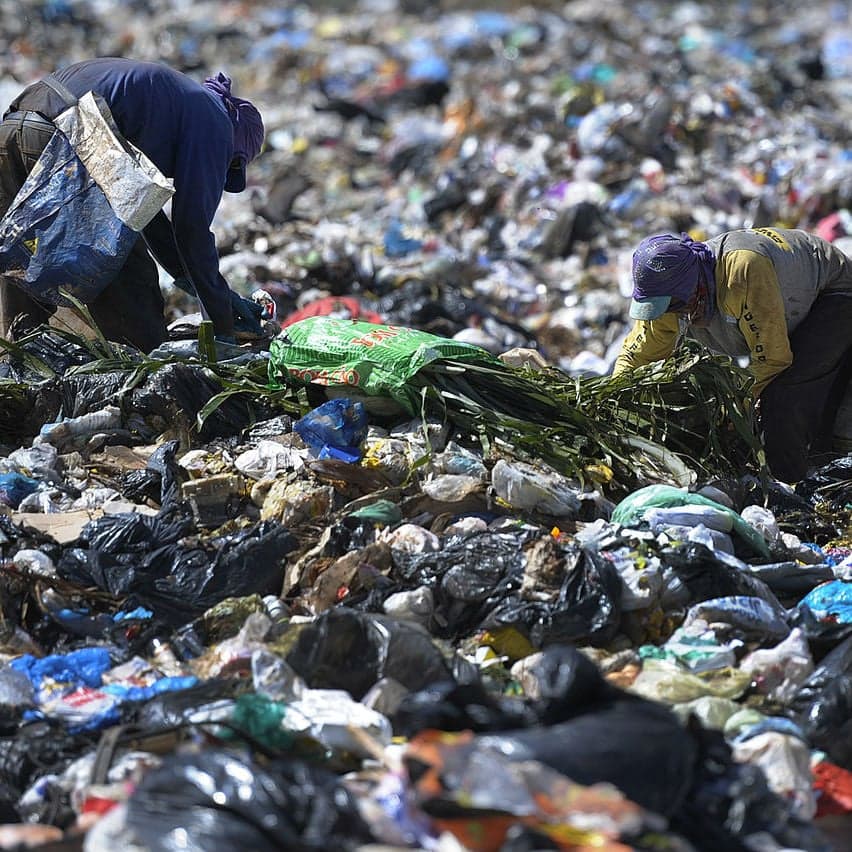This is the second post in a five-part blog series focused on the energy industry.
Every day we face new problems arising from the environmental state of our world. Widespread pollution is a huge problem to our environment and there is an urgent need to start using renewable sources that eliminate the burning of fossil fuels. Geothermal and hydroelectric are renewable sources of energies and produce “clean” fuel sources.












